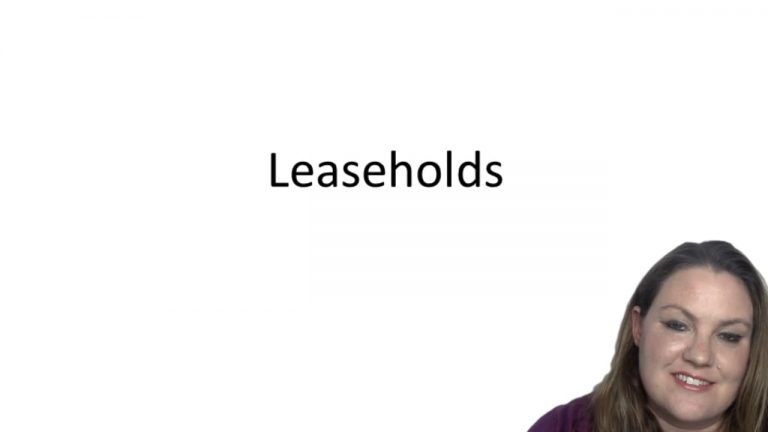SmartBrief
Confirm favorite deletion?
Property Keyed to Sprankling
Effel v. Rosberg
Citation:
360 S.W.3d 626 (2012).Facts
Robert Rosberg (the plaintiff-appellee) settled a different suit with Lena Effel’s (the defendant-appellant) nephews. As part of the settlement, the plaintiff-appellee purchased the property in which the defendant-appellant had been living for 40 years with a term of the settlement being that the defendant-appellant could continue living in the property until the end of her natural life or until she voluntarily vacated the premises. The settlement agreement stated that a lease agreement incorporating the terms of the settlement agreement would be written up and signed before the closing date. The property was deeded to the plaintiff-appellee without mention of the defendant-appellant’s life estate; however, the Effels’ attorney drew up a lease, where the term was listed as being for the duration of the defendant-appellant’s life or until she voluntarily vacated. The lease also included various covenants, including those relating to maintenance, and gave the plaintiff-appellee the power to terminate the lease if the defendant-appellant broke any of the covenants. Three years later, the plaintiff-appellee sent a letter to the defendant-appellant terminating her lease because she had violated two covenants by erecting a wrought iron fence and demanded her to vacate the premises in 10 days. The defendant-appellant did not leave the property.
Only StudyBuddy Pro offers the complete Case Brief Anatomy*
Access the most important case brief elements for optimal case understanding.
*Case Brief Anatomy includes: Brief Prologue, Complete Case Brief, Brief Epilogue
- The Brief Prologue provides necessary case brief introductory information and includes:
Topic:
Identifies the topic of law and where this case fits within your course outline.Parties:
Identifies the cast of characters involved in the case.Procedural Posture & History:
Shares the case history with how lower courts have ruled on the matter.Case Key Terms, Acts, Doctrines, etc.:
A case specific Legal Term Dictionary.Case Doctrines, Acts, Statutes, Amendments and Treatises:
Identifies and Defines Legal Authority used in this case.
- The Case Brief is the complete case summarized and authored in the traditional Law School I.R.A.C. format. The Pro case brief includes:
Brief Facts:
A Synopsis of the Facts of the case.Rule of Law:
Identifies the Legal Principle the Court used in deciding the case.Facts:
What are the factual circumstances that gave rise to the civil or criminal case? What is the relationship of the Parties that are involved in the case.Issue(s):
Lists the Questions of Law that are raised by the Facts of the case.Holding:
Shares the Court's answer to the legal questions raised in the issue.Concurring / Dissenting Opinions:
Includes valuable concurring or dissenting opinions and their key points.Reasoning and Analysis:
Identifies the chain of argument(s) which led the judges to rule as they did.
- The Brief Prologue closes the case brief with important forward-looking discussion and includes:
Policy:
Identifies the Policy if any that has been established by the case.Court Direction:
Shares where the Court went from here for this case.
Topic Resources

 4m 0s
4m 0s